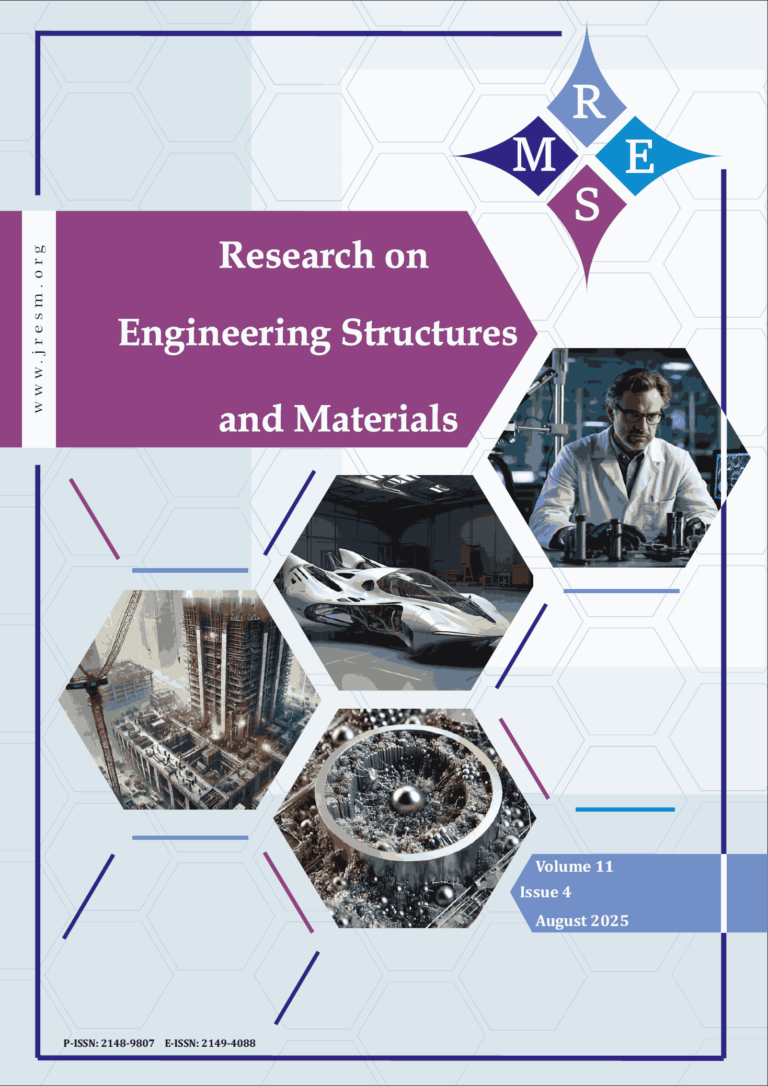In this study, the performance of a modified PAN-based graphite felt, an alternative electrode for the cathode, was investigated for a hydrogen/bromine flow battery. In these experiments, carbon paper was used as a porous transport layer in the anode, and graphite felt (GF) was used as the catalytically active electrode in the cathode. The graphite felt electrode used for the cathode is also employed in industry as a thermal insulation material. The cathode kinetics of this relatively low-cost material were enhanced by acidic modification and used in flow battery cathode electrodes. To create functional groups on the cathode electrode, acidic surface modification of the graphite felt was carried out with H2SO4 and HNO3 acid pairs at a volumetric ratio of VH2SO4/VHNO3 = 3:1. XRD and SEM analyses were used for physical characterization of the modified graphite felt electrodes. Single-cell potentiostatic polarization and power curves of the hydrogen/bromine flow battery were obtained to elucidate the effect of cathode graphite felt surface modification. In this study, comparison tests were performed for pristine graphite felt and modified graphite felt. The maximum power outputs detected from the single-cell flow battery with pristine graphite felt and modified graphite felt cathode electrodes were 0.32 W/cm2 (0.65 V) and 0.40 W/cm2 (0.65 V), respectively. In flow battery tests, this 25% power increase at similar voltage values may be attributed to the improvement of the weak electrochemical properties of the graphite felt electrode through acidic modification.
